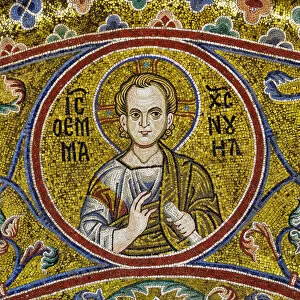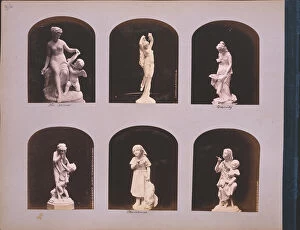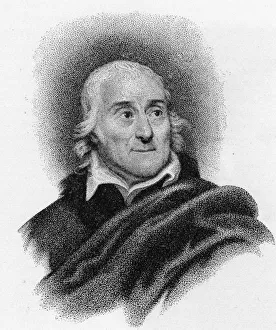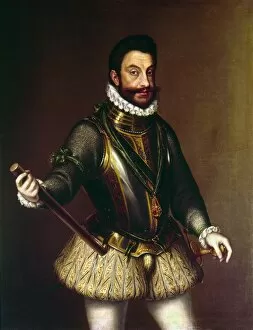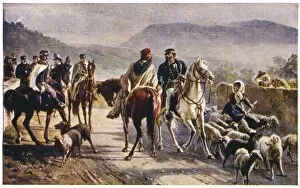"Emmanuele: A Name Woven Through History's Tapestry" From the apsidal arch mosaic depicting Jesus Christ Immanuel to the sculptures showcased at the Centennial International Exhibition of 1876 in Philadelphia, it has left its mark on various artistic endeavors. The Byzantine school mosaic, with its golden background, exudes a sense of divinity and reverence. Intriguingly, it also finds itself intertwined with royalty. Elena, Queen of Italy, bears this illustrious name that echoes through time. Similarly, Emmanuele Filiberto led Hapsburg forces in their attack against French forces during the battle of Saint-Quentin in 1557. His strategic prowess and loyalty to Philip II of Spain earned him recognition as both Duke of Savoy and a respected general. Not limited to military exploits or regal connections alone, Emmanuele Conegliano—better known as Lorenzo da Ponte—made his mark as an Italian poet and librettist during the late 18th century. Da Ponte's contributions to literature continue to captivate audiences even today. The significance extends beyond artistry and poetry; it is entwined with historical events too. At the Versailles Peace Conference in 1918, Vittorio Emmanuele Orlando played a pivotal role as part of the Council of Four—a testament to how individuals bearing this name have shaped world affairs. Lastly but not leastly Michele Bisi's entrance captures our attention—an architectural marvel dedicated to Vittorio himself—the grandeur befitting such an influential figure. Embracing spirituality, creativity, leadership on both battlefield and political arena – these glimpses into history reveal how "Emmanuele" weaves through time like a thread connecting diverse realms: from mosaics adorning sacred spaces to battles fought for power; from poetic verses enchanting readers' hearts to the shaping of international relations.

